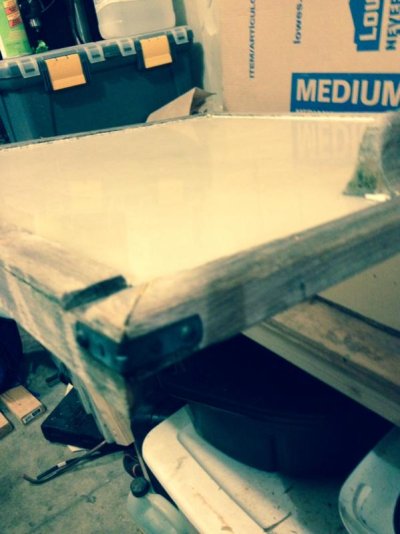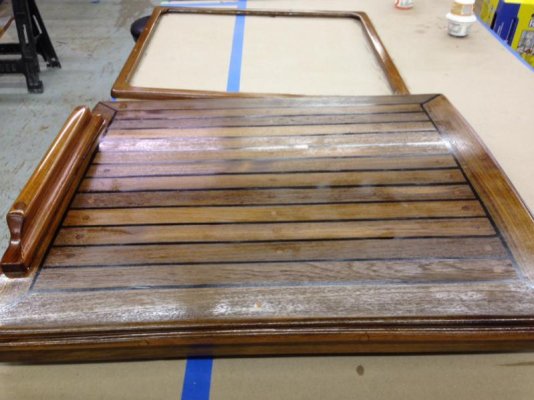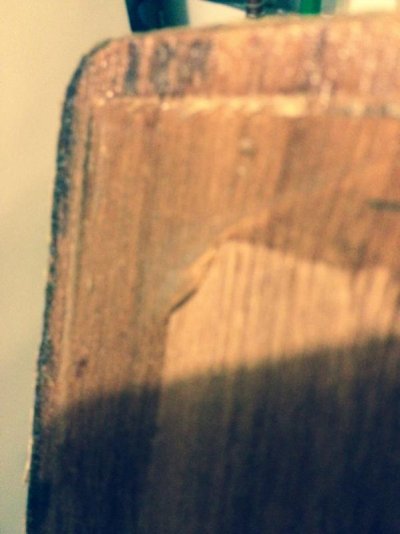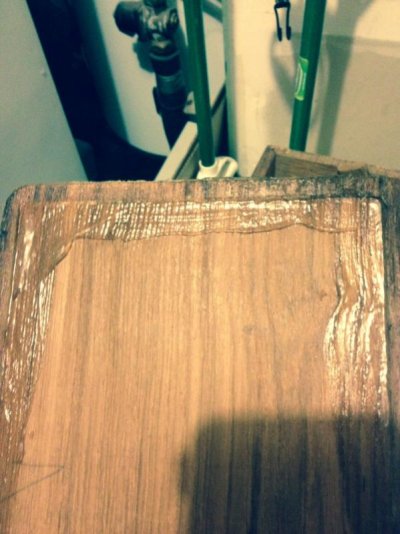6-Pack
Senior Member
- Joined
- Jan 16, 2012
- Messages
- 205
- Vessel Name
- The 6-Pack
- Vessel Make
- 1974 Custom Aluminum Pilothouse
I have a hatch that I am refinishing. I am going to varnish the hatch once I get it cleaned up. It came apart fine but I have spent a lot of time cleaning out old caulking. I need help with how to fix some large cracking in the teak. I have several long cracks that I want to reinforce. I would like to varnish it but I want to minimize the appearance of the cracks. I know I will see them but I want them to be structurally fixed.
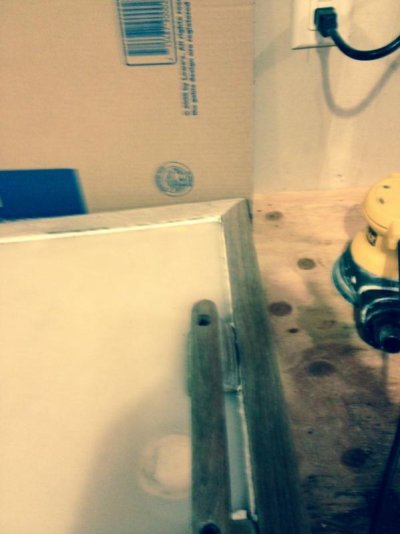
The hatch
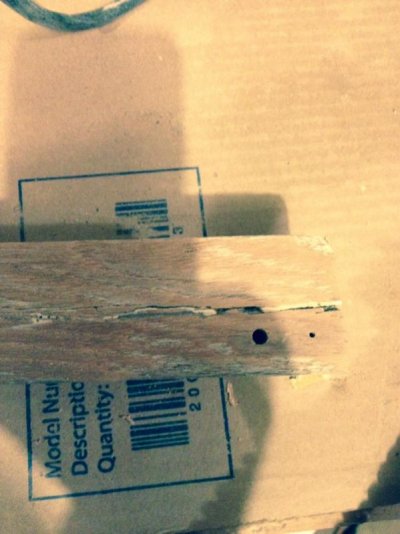
Crack example
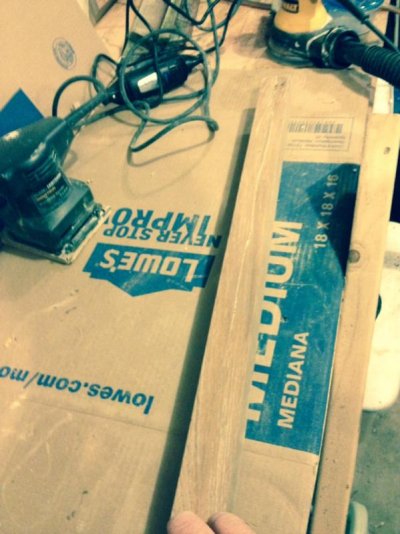
More cracks

The hatch

Crack example

More cracks

